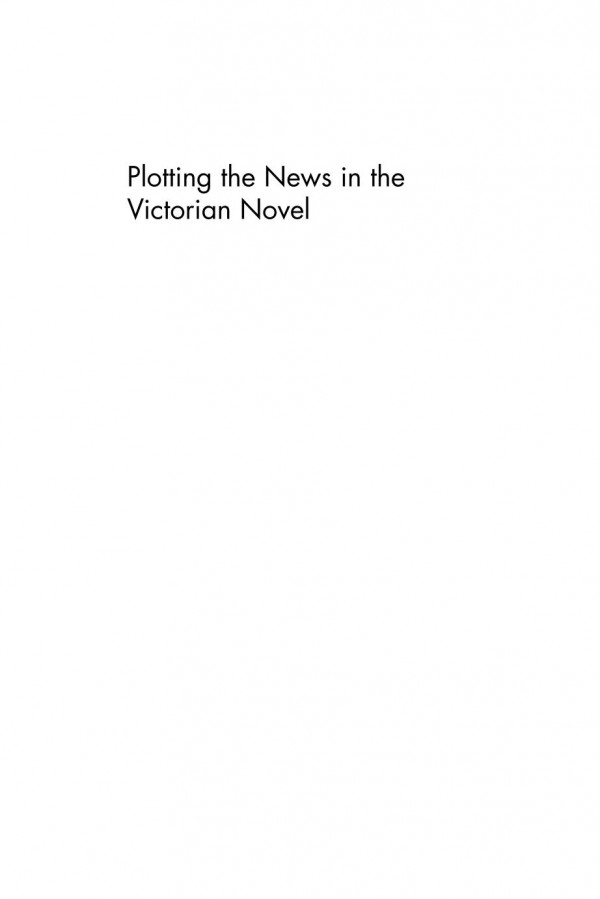

Most ebook files are in PDF format, so you can easily read them using various software such as Foxit Reader or directly on the Google Chrome browser.
Some ebook files are released by publishers in other formats such as .awz, .mobi, .epub, .fb2, etc. You may need to install specific software to read these formats on mobile/PC, such as Calibre.
Please read the tutorial at this link: https://ebookbell.com/faq
We offer FREE conversion to the popular formats you request; however, this may take some time. Therefore, right after payment, please email us, and we will try to provide the service as quickly as possible.
For some exceptional file formats or broken links (if any), please refrain from opening any disputes. Instead, email us first, and we will try to assist within a maximum of 6 hours.
EbookBell Team

5.0
60 reviewsThis book shows that novelists often responded to newspapers by reworking well-known events covered by Victorian newspapers in their fictions. Each chapter addresses a different narrative modality and its relationship to the news: Charles Dickens interrogates the distinctions between fictional and journalistic storytelling, while Anthony Trollope explores novelistic bildung in serial form; the sensation novels of Wilkie Collins and Mary Elizabeth Braddon locate melodrama in realist discourses, whereas Anglo-Jewish writer Israel Zangwill represents a hybrid minority experience. At the core of these metaphors and narrative forms is a theorisation of the newspaper’s influence on society.